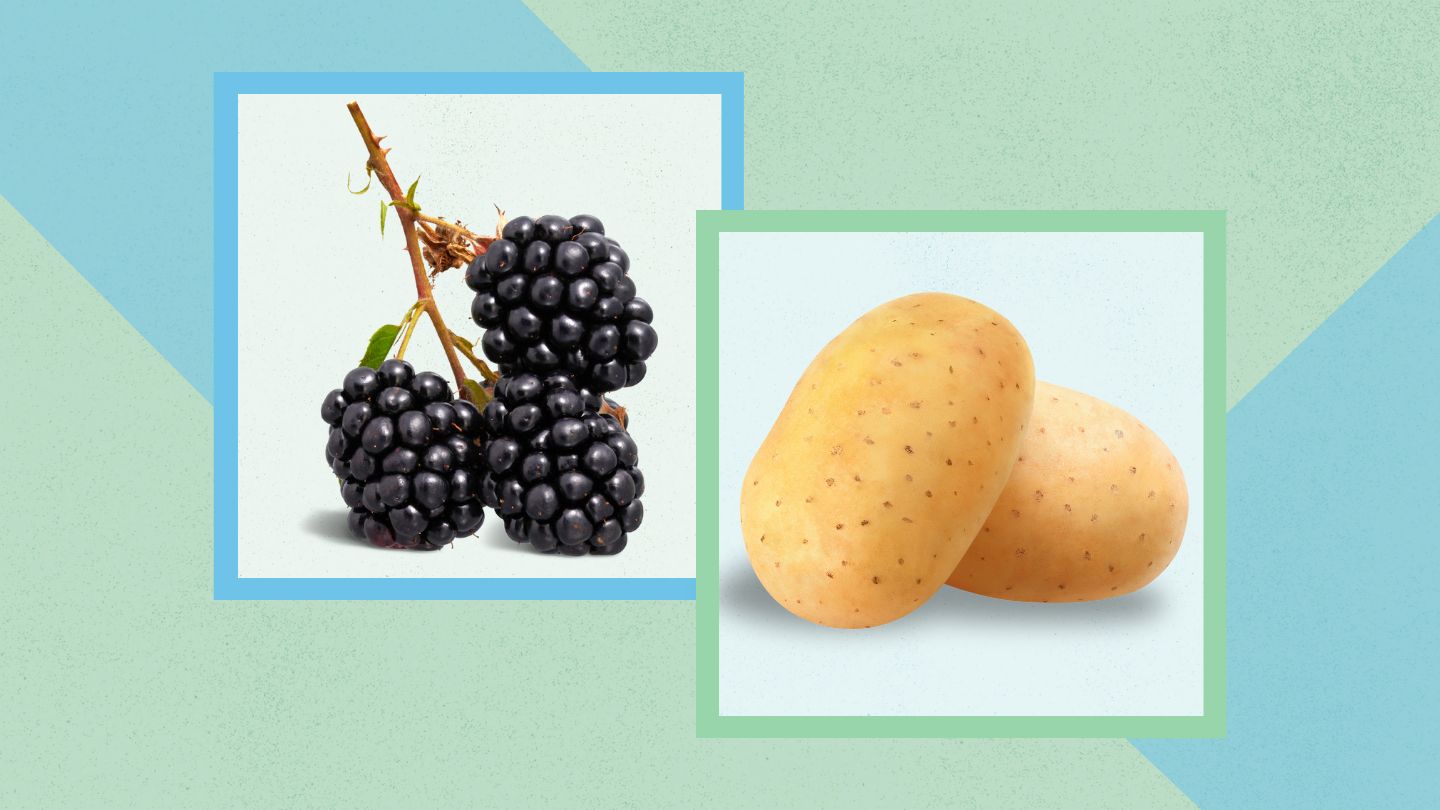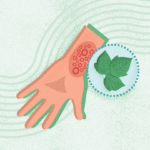Pesticide residue can be found on a wide variety of conventionally grown produce, including nearly all nonorganic strawberries; spinach and other leafy greens such as kale; grapes; and peaches, according to a new report.
These fruits and vegetables all made the annual “Dirty Dozen” list from the Environmental Working Group’s (EWG) 2025 Shopper’s Guide to Pesticides in Produce.
Overall, 96 percent of the samples of these 12 nonorganic (meaning conventionally grown) fruits and vegetables contained detectable levels of 203 different types of pesticides, according to the report. Samples of all the produce in the Dirty Dozen (except cherries) contained more than 50 different pesticides each.
“For people who want to reduce their exposure to pesticide residues, we recommend opting for organic versions of items on the Dirty Dozen,” says Dayna de Montagnac, MPH, an associate scientist at the Environmental Working Group.
Fruits and Vegetables on the ‘Dirty Dozen’ List This Year
For this year’s guide, EWG assessed fruits and vegetables based on four criteria:
- Percentage of samples with at least one pesticide detected
- Average number of different pesticides detected on a single sample
- Average total concentration of pesticides found on a single sample
- Overall toxicity of pesticides on a crop
Blackberries and potatoes joined the list this year, while tomatoes and winter squash fell off the list, according to the report.
The EWG’s 2025 Dirty Dozen (ranked highest to lowest):
- Spinach
- Strawberries
- Kale, collards, and mustard greens
- Grapes
- Peaches
- Cherries
- Nectarines
- Pears
- Apples
- Blackberries
- Blueberries
- Potatoes
Topping the list on the basis of pesticide concentration and toxicity were:
- Green beans
- Spinach
- Bell and hot peppers
- Kale, collard, and mustard greens
Fruits and Vegetables on the ‘Clean Fifteen’ List
The EWG also identified a “Clean Fifteen” list of nonorganic produce that had little or no pesticides detected in lab tests.
The EWG’s 2025 Clean Fifteen are (ranked highest to lowest):
- Pineapple
- Sweet corn
- Avocados
- Papaya
- Onions
- Frozen sweet peas
- Asparagus
- Cabbage
- Watermelon
- Cauliflower
- Bananas
- Mangoes
- Carrots
- Mushrooms
- Kiwi
Cauliflower and bananas are new to the list this year, while sweet potatoes dropped off the list for 2025, according to the report.
You Should Still Eat Fruits and Vegetables — Even Nonorganically Grown Options
It’s important to focus on getting a wide variety of fresh fruits and vegetables in your diet, whether or not you can find or afford organic options.
“There are decades of nutrition studies verifying the importance of a produce-rich diet in preventing diseases, improving physical and mental health, and increasing lifespan,” says Teresa Thorne, the executive director of the Alliance for Food and Farming, which represents both organic and nonorganic growers.
“Most of these studies showing proven health benefits of increased fruit and vegetable consumption were conducted using conventionally grown produce,” Thorne says.
- Eat a variety of fruits and vegetables to minimize the potential for increased exposure to a single pesticide.
- Thoroughly wash all produce, even organic fruits and vegetables and those you’re planning to peel.
- Wash produce under running water rather than soaking or dunking it.
- Dry produce with a clean cloth or paper towel when you can.
- Scrub firm fruits and vegetables like melons and potatoes.
- Remove and discard (or compost) the outer leaves of leafy vegetables like lettuce.
- Peel fruits and vegetables when you can.
If you’re concerned about pesticide residue on produce, you can take these and other steps to reduce your exposure, says Luz Claudio, PhD, a professor of environmental medicine and public health at the Icahn School of Medicine at Mount Sinai in New York City.
“Consider the approach of buying organic for high-risk produce, washing thoroughly, and peeling when appropriate,” Dr. Claudio says.
Read the full article here




